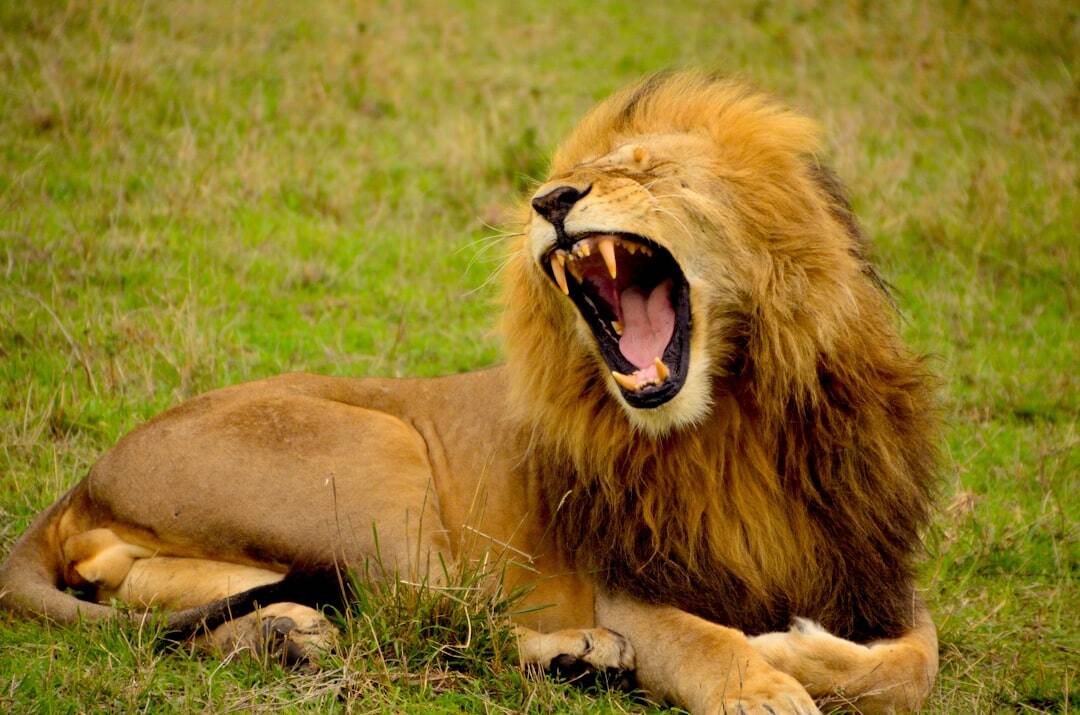Throughout human history, animals have served as powerful symbols in our cultural narratives, spiritual beliefs, and personal journeys. In our search for meaning, we often turn to the natural world as a mirror, finding reflections of our own experiences in the characteristics and behaviors of animals. Today, with information at our fingertips, millions of people search online to understand what certain animals might symbolize in their dreams, in unexpected encounters, or in their spiritual practices. This article explores the 13 animals most frequently searched for their symbolic meaning, delving into the rich tapestry of interpretations across different cultures and traditions.
The Wolf Loyalty and Freedom
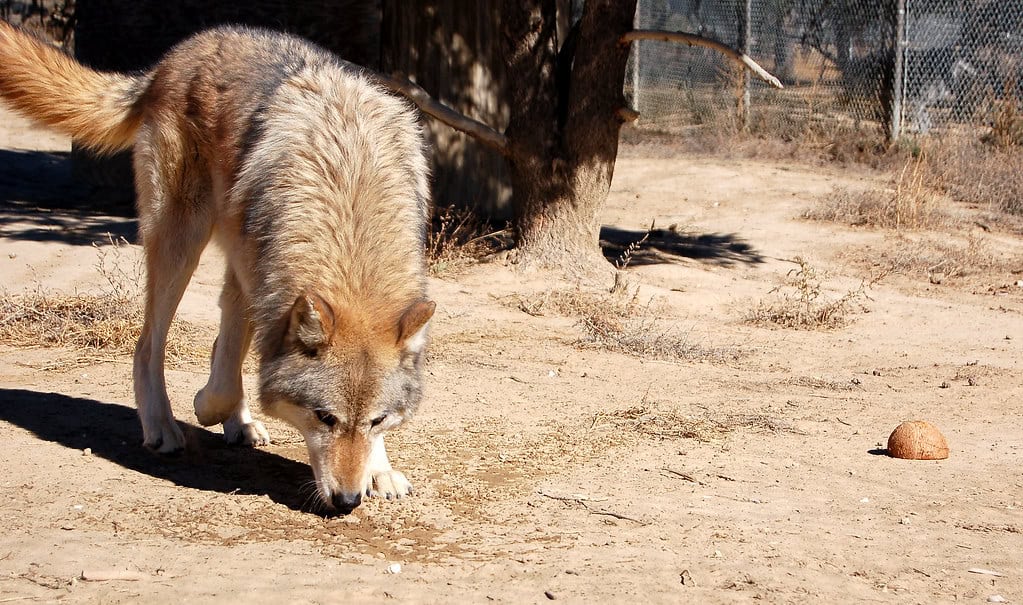
The wolf consistently ranks among the most searched animals for symbolic meaning, and for good reason. This magnificent predator embodies a fascinating duality that resonates deeply with human experience. In many Native American traditions, the wolf symbolizes loyalty, strong family ties, good communication, education, and understanding. Wolves live in packs with complex social structures that mirror certain aspects of human communities, which may explain our enduring fascination with them.
On the other hand, wolves also represent freedom, intuition, and a connection to instincts. The lone wolf archetype has become a powerful symbol of independence and self-reliance. In European folklore, however, wolves often represented danger and evil, as seen in tales like Little Red Riding Hood. This contrasting symbolism reflects humanity’s complex relationship with these animals throughout history—admiring their social bonds while also fearing their predatory nature. Many people who feel drawn to wolf symbolism are often navigating their own balance between community connection and personal independence.
The Owl Wisdom and Mystery
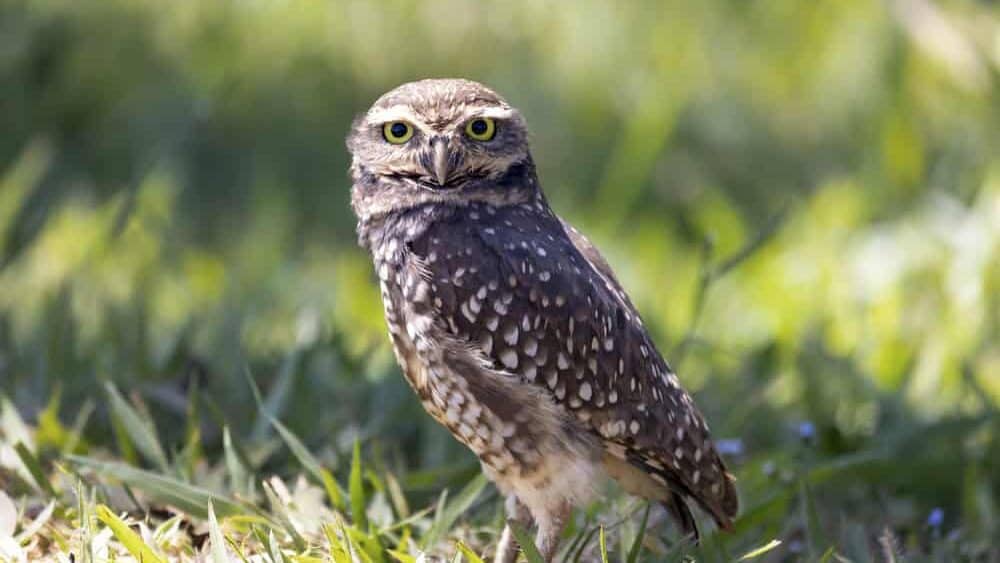
Owls have captivated human imagination across civilizations and continue to be one of the most frequently searched animals for symbolic meaning. Most prominently, owls represent wisdom and knowledge—a connection dating back to ancient Greece where the owl was sacred to Athena, the goddess of wisdom. Their ability to see in the darkness has made them symbols of insight, foresight, and intuition. Many people seeking guidance during uncertain times find themselves drawn to owl symbolism.
However, owl symbolism isn’t universally positive. In some cultures, particularly in parts of Africa, the Middle East, and among some Native American tribes, owls are considered harbingers of death or bad omens. Their nocturnal nature and haunting calls have associated them with mystery, secrets, and transition between worlds. In modern spiritual practices, owl encounters are often interpreted as messages to trust one’s intuition, see beyond illusions, and embrace change—particularly when changes involve moving from darkness into light or gaining new perspective on a situation.
The Butterfly Transformation and Rebirth

The butterfly holds perhaps one of the most universally recognized symbolic meanings across cultures: transformation. The metamorphosis from caterpillar to chrysalis to butterfly provides a perfect natural metaphor for personal growth, evolution, and rebirth. This powerful symbolism makes butterflies among the most frequently searched animals for spiritual meaning, particularly by people undergoing significant life changes or seeking encouragement during difficult transitions.
Beyond transformation, butterflies symbolize lightness of being, finding joy in life, and soul freedom. In Japanese culture, butterflies represent the souls of the departed and living, while in ancient Greek the word “psyche” means both soul and butterfly. In Chinese culture, butterflies symbolize longevity, and among the Aztec, they represented the souls of fallen warriors. The ephemeral nature of the butterfly—its beautiful but brief life—also serves as a reminder of life’s precious impermanence, encouraging us to appreciate beauty in the present moment rather than clinging to what must naturally change.
The Raven Intelligence and Prophecy

Ravens hold a complex place in our collective consciousness, representing intelligence, prophecy, and transformation. These highly intelligent birds have demonstrated problem-solving abilities that rival those of great apes, which contributes to their reputation for cleverness and wisdom. In Norse mythology, Odin had two ravens—Huginn (thought) and Muninn (memory)—who flew around the world gathering information and returning to whisper in his ear, cementing the raven’s association with knowledge and foresight.
The raven’s black plumage and scavenging habits have also connected it to death and the mysterious afterlife in many cultures. In Celtic mythology, the goddess Morrigan often took raven form, associating these birds with war and death but also with protection. Native American traditions vary by tribe, but many view the raven as a creator or trickster figure—a shape-shifter associated with transformative magic. Today, people often search for raven symbolism when facing major life decisions, seeking insight, or during times of personal transformation, drawn to the bird’s associations with deep wisdom and seeing beyond veils.
The Lion Courage and Leadership

The lion has long reigned as a symbol of courage, strength, and leadership across diverse cultures, making it one of the most searched animals for its symbolic meaning. As apex predators and social animals with clear hierarchies, lions naturally embody qualities of regality, authority, and power. In ancient Egypt, sphinxes with lion bodies guarded important structures, while the goddess Sekhmet, depicted with a lioness head, represented both destruction and protection. In Christianity, the lion became associated with courage and resurrection, often representing Jesus as “the Lion of Judah.”
Beyond strength and courage, lions also symbolize family protection and loyalty due to their pride structure. Female lions hunt together and collectively raise cubs, embodying cooperation and fierce protection of the vulnerable. Male lions, with their impressive manes, represent masculine energy, pride, and leadership. People often connect with lion symbolism when seeking courage to overcome obstacles, strength during challenges, or inspiration to step into leadership roles. The lion’s combination of ferocity with social bonds makes it a particularly compelling symbol for those looking to balance personal power with responsibility toward others.
The Fox Cunning and Adaptability

The fox ranks high among animals searched for symbolic meaning, renowned across cultures for its cunning, intelligence, and adaptability. In Japanese folklore, foxes (kitsune) are shapeshifters possessing paranormal abilities that increase with age and wisdom. In Native American traditions, the fox often appears as a trickster figure, though also as a creature of great wisdom and provider of guidance. European folktales similarly cast the fox as clever and sometimes deceptive, capable of outsmarting stronger opponents through wit rather than physical strength.
Beyond intelligence, foxes symbolize adaptability and resourcefulness. Their ability to thrive in diverse environments—from wilderness to urban settings—makes them powerful symbols of survival and quick thinking. Foxes are also solitary creatures, representing independence and self-reliance. People drawn to fox symbolism often identify with qualities of mental sharpness, strategic thinking, and the ability to navigate complex situations with grace. The fox reminds us that sometimes the most effective way through challenges isn’t confrontation but clever navigation, finding opportunities where others see only obstacles.
The Snake Transformation and Healing

The snake carries perhaps the most polarized symbolic meanings of any animal, which may explain why it’s consistently among the most searched creatures for symbolism. In many ancient cultures, snakes represented transformation and renewal due to their shedding of skin. The ouroboros—a snake eating its own tail—has symbolized eternity and the cycle of life, death, and rebirth across numerous traditions. In Greek mythology, Asclepius, the god of medicine, carried a rod with a snake, which remains a symbol of healing and medicine today.
Conversely, Judeo-Christian traditions often associate snakes with temptation and deceit due to the serpent in the Garden of Eden. In Hindu traditions, however, snakes (nagas) are often revered as divine beings associated with water and fertility. Kundalini energy in yoga is described as a coiled serpent at the base of the spine, representing powerful spiritual energy. People searching for snake symbolism may be experiencing profound personal transformation, healing journeys, or working with primal life energy. The snake reminds us that growth often requires shedding old patterns and embracing change, even when that process feels uncomfortable or frightening.
The Elephant Wisdom and Memory
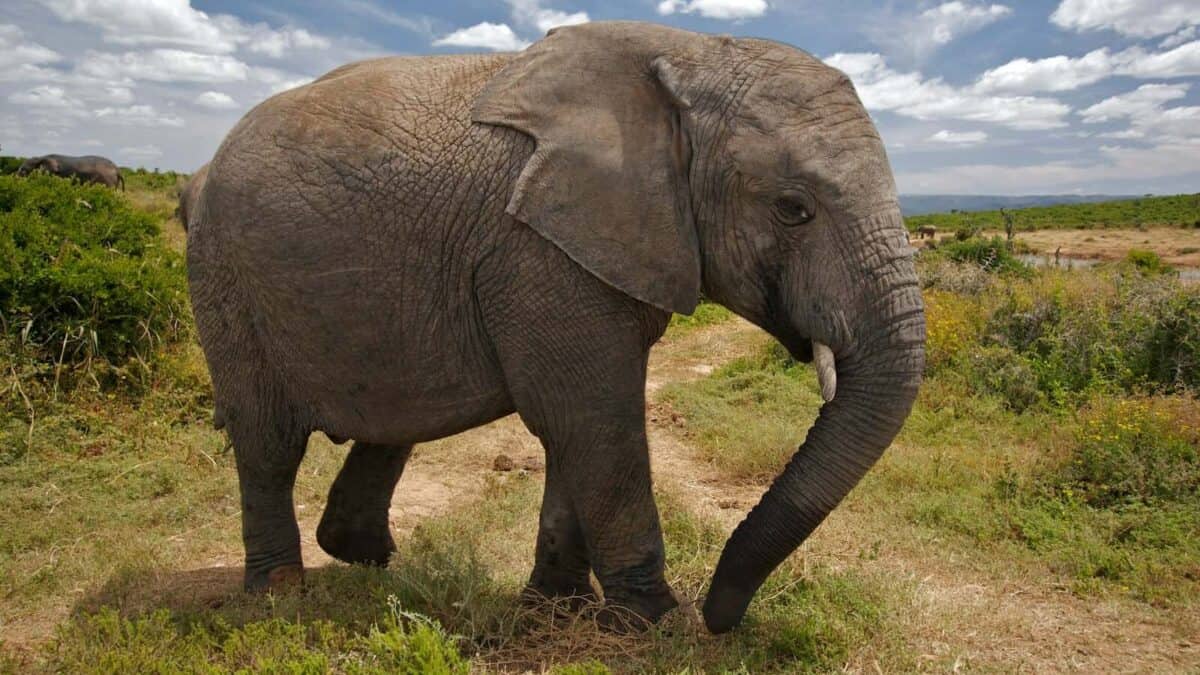
Elephants stand among the most revered animals in symbolism across numerous cultures, particularly in parts of Asia and Africa where they’ve coexisted with human communities for millennia. These magnificent creatures primarily symbolize wisdom, memory, and strength. Their renowned long-term memory—elephants never forget—connects them to ancestral wisdom and the importance of honoring history. In Hinduism, the elephant-headed deity Ganesha represents wisdom, success, and the removal of obstacles, making elephant symbolism particularly popular among those seeking to overcome challenges.
Beyond wisdom, elephants symbolize family bonds, loyalty, and community due to their strong matriarchal societies and protective nature toward their young. Their size and strength, combined with generally gentle disposition, have made them symbols of benevolent power—strength tempered by compassion. In Buddhism, white elephants are considered sacred and auspicious. People drawn to elephant symbolism often value family connections, seek wisdom through life experience rather than just intellect, and strive to balance strength with gentleness. The elephant teaches that true power comes not just from physical might but from emotional intelligence, memory, and community support.
The Dragon Power and Divine Protection

Though mythological rather than biological, dragons remain among the most searched symbolic creatures across cultures, representing vastly different qualities depending on cultural context. In Eastern traditions, particularly Chinese culture, dragons symbolize good fortune, strength, and divine protection. As water beings associated with rainfall and rivers, they represent prosperity and blessing. Chinese dragons are seen as benevolent, wise creatures associated with imperial power and heavenly authority, explaining why people born in the Year of the Dragon are considered particularly fortunate.
Western dragon symbolism presents a striking contrast, generally depicting dragons as fearsome, fire-breathing creatures representing chaos, greed, and destructive power that must be conquered by heroes. This dichotomy makes dragon symbolism particularly rich and complex. In modern spiritual practices, dragons often represent primal energy, personal power, and the guardianship of hidden treasures—both material and spiritual. People searching for dragon symbolism may be working with themes of personal power, protection, transformation through fire (difficult experiences), or connecting with ancient wisdom. The dragon reminds us that power can be both creative and destructive, depending on how we channel it.
The Turtle Longevity and Patience

The turtle’s symbolic significance spans numerous cultures and continues to be frequently searched for its profound meaning. Most prominently, turtles represent longevity, endurance, and patience. Their long lifespans have connected them to ancient wisdom in many traditions. In Native American mythology, the “World Turtle” supports the earth on its back, making it a symbol of stability and groundedness. In Chinese and Japanese cultures, the turtle ranks among the Four Sacred Animals, symbolizing wisdom, longevity, and protection.
The turtle’s protective shell offers another layer of symbolism—self-protection, boundaries, and the importance of having a safe retreat. Yet unlike creatures that hide permanently, turtles must extend beyond their shells to move forward, representing the balance between vulnerability and protection that healthy growth requires. Their slow, deliberate pace reminds us that persistence often accomplishes more than hurried action. People drawn to turtle symbolism often value sustainability over immediate results and seek to cultivate patience during life transitions. The turtle teaches that the most enduring journeys aren’t necessarily the fastest, and that carrying one’s home (sense of self) provides security through life’s changing landscapes.
The Hummingbird Joy and Resilience

The hummingbird’s unique characteristics have made it a powerful symbol across cultures and a frequently searched animal for spiritual meaning. These tiny birds represent joy, playfulness, and the ability to find sweetness in life. Their ability to hover in place and fly backward symbolizes the importance of being present while also being able to reflect on the past. In Native American traditions, hummingbirds often serve as messengers between worlds or healers who bring love, good luck, and joy.
Perhaps most remarkably, hummingbirds symbolize resilience and accomplishing the seemingly impossible. Despite their tiny size, they make incredible migratory journeys and can beat their wings up to 80 times per second. Their high metabolism requires them to consume more than their body weight in nectar daily, teaching the importance of self-nourishment when expending great energy. People drawn to hummingbird symbolism often seek more joy in their lives, need encouragement to persist despite feeling small compared to their challenges, or wish to develop greater adaptability. The hummingbird reminds us that even small beings can accomplish extraordinary feats through persistence, and that finding joy is not frivolous but essential to a well-lived life.
The Deer Gentleness and Intuition

The deer holds a special place in symbolism across numerous cultures and remains one of the most searched animals for spiritual meaning. Primarily, deer represent gentleness, intuition, and sensitivity. Their acute senses—particularly their ability to detect subtle movements and sounds—connect them symbolically to intuitive awareness and heightened perception. In Celtic tradition, deer were considered messengers from the otherworld and associated with fairy realms, while in Christianity, the deer searching for water symbolizes the soul’s quest for divine connection.
Beyond intuition, deer symbolize grace under pressure. Despite their gentle nature, deer possess incredible speed and agility when threatened. This combination of gentleness with swift decisive action creates a powerful symbolic template for navigating challenging situations with both compassion and appropriate boundaries. In many Native American traditions, deer represented abundance, fertility, and gentle strength. People drawn to deer symbolism often value compassion and gentleness but may need encouragement to trust their intuition or find the balance between openness and self-protection. The deer teaches that sensitivity is not weakness but rather a form of strength and intelligence that perceives what others might miss.
The Phoenix Rebirth and Resilience

Though mythological like the dragon, the phoenix consistently ranks among the most searched symbolic creatures, representing powerful themes of rebirth, renewal, and resilience after devastation. This legendary bird, which cyclically regenerates by rising from the ashes of its predecessor, appears across diverse cultures from Egyptian to Greek, Persian, Chinese, and beyond. The phoenix symbolizes the human capacity to rebuild after complete destruction, making it particularly meaningful to those recovering from significant loss, trauma, or major life transitions.
Beyond simple rebirth, the phoenix represents transmutation—the alchemical process by which suffering becomes wisdom and devastation becomes new life. In Christian symbolism, the phoenix became associated with resurrection and eternal life. In Chinese mythology, the Fenghuang (sometimes translated as “phoenix”) represents virtue, grace, and the union of yin and yang energies. People searching for phoenix symbolism often stand at crucial turning points, seeking the courage to release what has been destroyed and embrace new beginnings. The phoenix reminds us that endings, even painful ones, contain within them the seeds of new beginnings, often more magnificent than what came before.
Conclusion: Understanding Our Fascination with Animal Symbolism
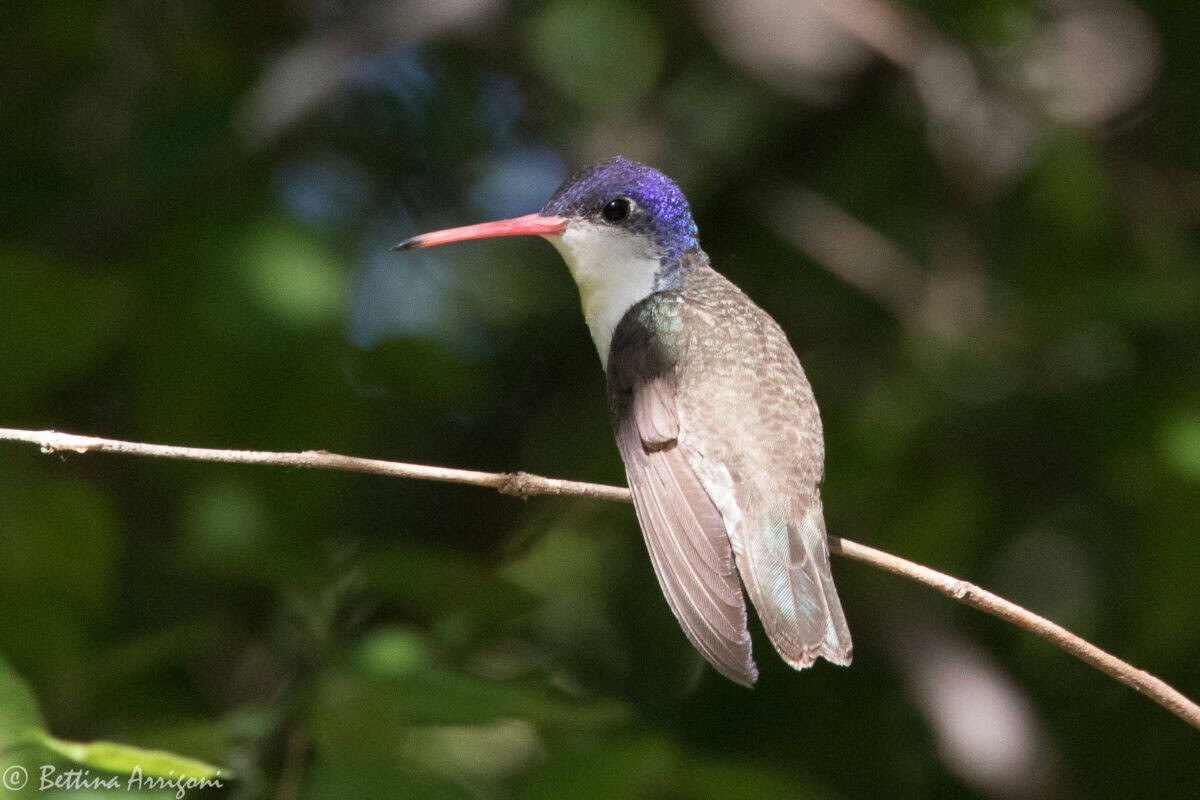
Our collective fascination with animal symbolism reflects something fundamental about human psychology and spirituality. Throughout history, animals have provided us with living metaphors that help us understand ourselves and our world. They offer embodied examples of qualities we aspire to—the courage of the lion, the wisdom of the owl, the transformation of the butterfly. In searching for animal symbolism, we’re often seeking to connect with specific energies or qualities we need to cultivate in our own lives.
This symbolic relationship with the animal kingdom also reflects our innate connection to the natural world, something increasingly important in our technology-dominated age. Animals remind us that we are part of nature, not separate from it. They connect us to ancient wisdom traditions that recognized this interconnectedness long before modern environmental science confirmed it. Whether encountered in dreams, unexpected sightings, or conscious spiritual practice, animal symbols continue to provide guidance, comfort, and inspiration. In their behaviors and characteristics, they offer us mirrors to better understand our human journey and remind us that wisdom comes not just from human sources but from attentive observation of all life.
- 13 Animals Most Frequently Searched for Symbolic Meaning - August 13, 2025
- The Most Isolated National Park in the US - August 13, 2025
- Top 10 Most Endangered Animals in India - August 13, 2025

